
- Home
- News
- Analysis
- States
- Perspective
- Videos
- Education
- Entertainment
- Elections
- World Cup 2023
- Features
- Health
- Business
- Series
- Economy Series
- Earth Day
- Kashmir’s Frozen Turbulence
- India@75
- The legend of Ramjanmabhoomi
- Liberalisation@30
- How to tame a dragon
- Celebrating biodiversity
- Farm Matters
- 50 days of solitude
- Bringing Migrants Home
- Budget 2020
- Jharkhand Votes
- The Federal Investigates
- The Federal Impact
- Vanishing Sand
- Gandhi @ 150
- Andhra Today
- Field report
- Operation Gulmarg
- Pandemic @1 Mn in India
- The Federal Year-End
- The Zero Year
- Premium
- Science
- Brand studio
- Home
- NewsNews
- Analysis
- StatesStates
- PerspectivePerspective
- VideosVideos
- Entertainment
- ElectionsElections
- Sports
- Loading...
Sports - Features
- BusinessBusiness
- Premium
- Loading...
Premium
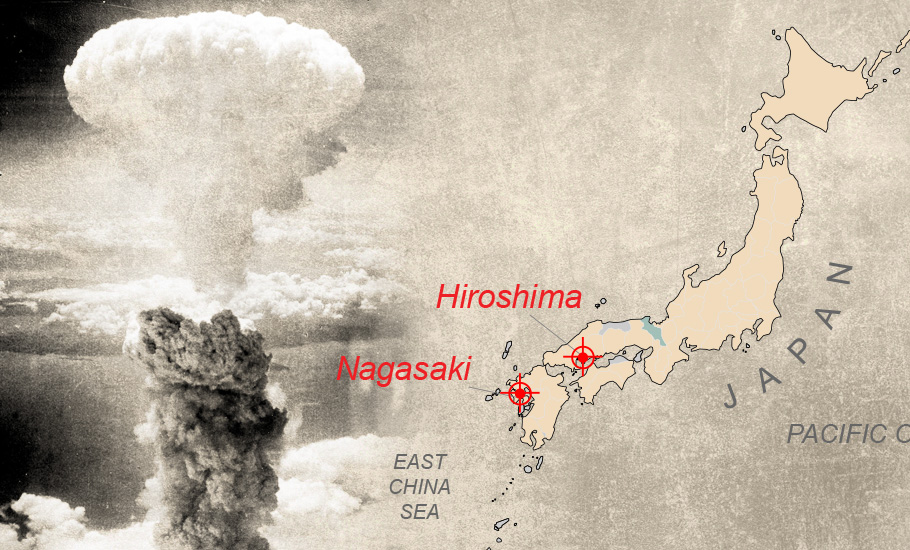
Hiroshima Day: What transpired before and after the 'great bang'

On the sixth and ninth of August 1945, atom bombs were dropped on two Japanese towns, Hiroshima and Nagasaki, instantly killing lakhs of civilians, its radiation affecting many more, and leaving the towns and its neighbourhood completely poisoned for decades. The horrors of the bombing have been written about a lot. But perhaps we still need to pause and reflect that it was a conscious...
On the sixth and ninth of August 1945, atom bombs were dropped on two Japanese towns, Hiroshima and Nagasaki, instantly killing lakhs of civilians, its radiation affecting many more, and leaving the towns and its neighbourhood completely poisoned for decades.
The horrors of the bombing have been written about a lot. But perhaps we still need to pause and reflect that it was a conscious decision wherein several political leaders and top ranking scientists took part.
Two outstanding scientists were against the use of the bomb and were ostracised by the community for a long time—Leo Szilard and Albert Einstein who understood the enormity of the act, since both were actually instrumental in initiating the making of the bomb itself!
Summer of 1939
The story starts in the summer of 1939 with Leo Szilard. The art of nuclear fission where a very heavy nucleus like Uranium is split into two smaller nuclei and a couple of neutrons also flying was perfected by Frederic Joliot and Irene Curie in France, and Szilard and Enrico Fermi in the US.
Szilard could immediately visualise the reality and enormity of the atomic energy and the atomic weapons, and was worried that the Nazi Germany might start making them before others and get an upper hand in their political goal of world domination.
He met Einstein along with Eugene Wigner, another theoretical physicist, originally from Hungary, like Szilard himself, in the summer of 1939.
It was Einstein’s famous formula, e=mc2 that helped devise the fission of the Uranium nucleus. If this fission can be achieved as chain reaction, it would be a new weapon of immense potential in the hands of some who control it.
Szilard explained that Germany had conquered Czechoslovakia and stopped the sale of Uranium. And Werner Heisenberg, the well-known quantum physicist was helping Adolf Hitler in their programme.
Szilard explained there were two things they had to do. Firstly, Congo in Africa which was under the control of Belgium was not to go to the Nazis because that country was very resourceful for natural Uranium. Secondly the research on chain reaction should be initiated in the US.
They decided to write a letter to Frank Roosevelt, President of the United States at that time.
Einstein sent a letter to Roosevelt on August 2, 1939. And in September 1939, World War II was officially started by the invasion of Poland by Hitler.
The Einstein letter led to the formation of the Uranium Committee. But still nuclear physicists did not do serious work for the next couple of years. A large nuclear project of importance started only in December 1941.
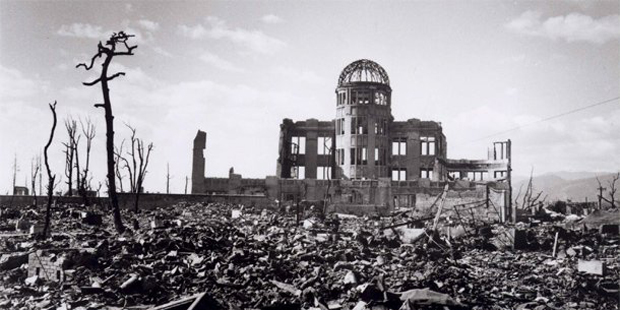
The race to make the bomb
It later became what is now known as the Manhattan project. This was led by General Groves as it was a military project with several thousands of physicists, chemists and engineers of international repute: Enrico Fermi, Leo Szilard, Robert Oppenheimer, John von Neumann, Tolman to name a few. Most of the people did not even have a clue of what was happening.
In Germany it was led by several people including Otto Hahn, Weizsacker and Werner Heisenberg. The Soviet Union also had a modest project under Igor Kurchatov. Frederic Joliot Curie who was an important player in the French Resistance as a communist leader against German occupation, escaped to Britain with all his papers.
The race was on. All these groups worked extremely hard towards building a controllable chain reaction. The American Manhattan project emerged the winner by the beginning of 1943.
The attack on the Soviet Union by Germany and the bombing of Pearl Harbour by Japan changed the course of World War II after 1942.
There was a ferocious war in Moscow under the leadership of Marshall Zhukov and Stalin. This war happened on the streets of Moscow and Leningrad. But by the end of 1944 Germany was losing everywhere. Mussolini was publicly hanged by partisans in Rome and Japan was facing heavy losses in the east. The Allied forces successfully liberated France. The Red Army was moving very close to Berlin by the middle of May 1945.
Planning to drop the bomb
On the other hand, at Los Alamos, the American nuclear arsenal laboratory, three months before the actual bombing, the bomb had been successfully made.
Now, it needed to be tested and decided where it would be used. The target committee was headed by Oppenheimer. A committee meeting was held in his office. In addition to the important military personnel, it was attended by renowned scientists like von Neumann, Tolman, Fermi, Compton, Bethe to discuss issues like the choice of the target, height, weather conditions, expected radiological and psychological effects of the new bomb which they called as gadget. At that time only two bombs, nicknamed Little Boy and Fat Man were ready.
The task of deciding the appropriate height for detonating the bomb was given to Hans Bethe, who later won the Nobel Prize. Bethe came up with a decision that for Little Boy, the height should be 2,400 feet to get maximum 15,000 tons on TNT and for Fat Man, it should be 1,500 feet to get 5,000 TNT.
The next question was where should it be used. The place should be an urban town of 3-mile radius with a substantial population. It should be a place which will not be targeted till August! The chosen places were Kyoto, Hiroshima, Yokohama, Kokura Arsenal, Niigata, of which Kyoto, Hiroshima are primary or AA targets, Yokohama, Kokura Arsenal were A targets and the rest were B. They also decided that the Emperor’s palace should not be targeted! But this recommendation came from military policy! Based on this, the committee shortlisted Hiroshima, Kyoto, Yokohama, Kokura Arsenal.
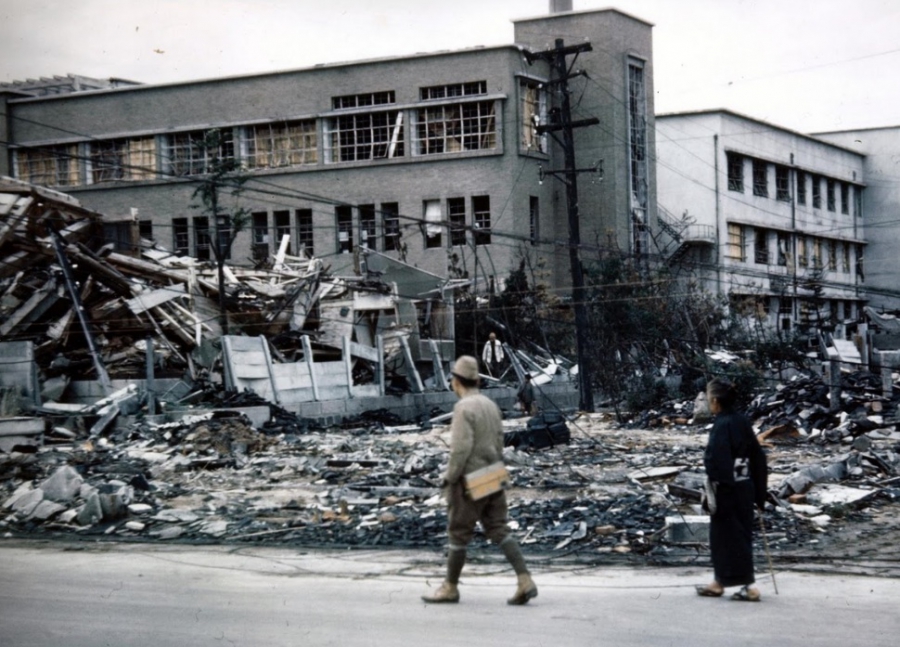
Later Kyoto was replaced by Nagasaki. The man who saved Kyoto was Henry L Stimson, who was close to US President Harry Truman and had earlier served in the Philippines as Governor. He had spent his honeymoon there and was enchanted by the beauty of the place. Kyoto is a very beautiful town and can easily be classified as the ‘God’s own city’.
It is to be noted that Nagasaki was not even in the first list.
They also ruled out warning the civilian populations of the impending disaster. All these decisions were in complete violation of Geneva Conventions. They all concluded to focus on a civilian area with industries, without warning, the cruellest decision, to which the best scientific minds were party to. The final decision was the Hiroshima and Kokura Arsenal.
Back to Leo Szilard again
Leo Szilard, who was the initiator of all these, was disillusioned by now. On coming to know about the decision to use the atomic bomb, he was disturbed and wanted to stop.
He tried unsuccessfully to meet President Roosevelt through Einstein, and then President Truman. He along with 69 co-signers at the Manhattan Project literally begged Truman not to authorise the use of the weapon for moral and ethical reasons.
We, the undersigned scientists, have been working in the field of atomic power. Until recently, we have had to fear that the United States might be attacked by atomic bombs during this war and that her only defence might lie in a counterattack by the same means. Today, with the defeat of Germany, this danger is averted and we feel impelled to say what follows: The war has to be brought speedily to a successful conclusion and attacks by atomic bombs may very well be an effective method of warfare. We feel, however, that such attacks on Japan could not be justified.
–Leo Szilard and 69 Scientists
He joined the others and took part in what was known as the Frank committee report, headed by Nobel Laureate, James Frank, arguing against the use of the bomb and suggested public demonstration of the power of the weapon, to force Japan to surrender.
They also eloquently argued that an Arms Race would follow if an international agreement against atomic weapons was not achieved at that time itself. How prophetic they were!
Szilard argued: Germans who failed to protest the immoral actions of the Nazis, were widely condemned for their silence. If we, as Manhattan Project scientists, failed to speak out, we would have far less excuse than the people of Germany.
For his opposition to the atomic weapon project, Szilard faced the threat of being charged under the espionage act by General Groves, the Head of the Manhattan Project.
His efforts, however, did not result in any change in the minds of the President or scientific or military leadership. The committee with Oppenheimer, Compton, Fermi, Lawrence rejected the arguments and recommended immediate use of the weapon!
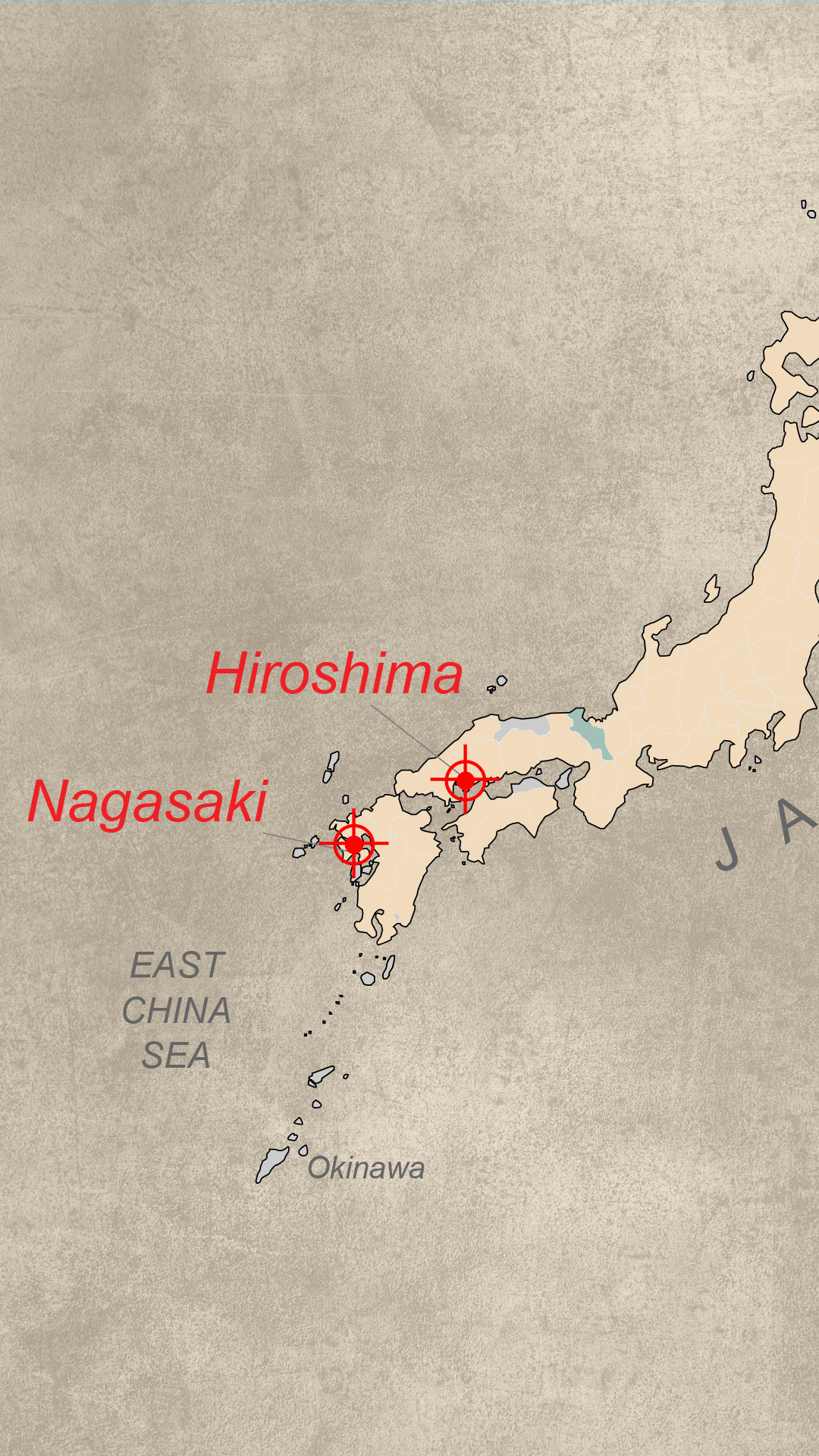
All these were no doubt extraordinary scientists and it only shows that we should not be under the misconstrued notion that humanism and genius go together.
The Trinity test
On July 16, 1945, the test code named Trinity test was conducted in New Mexico. Observers included Oppenheimer, Enrico Fermi, von Neumann, Richard Feynman, General Groves.
The test was a fantastic success. Six kgs of plutonium exploded over deserts of New Mexico with 10,000 TNT. Even the radiation scientists who were monitoring the effects were affected.
Enrico Fermi measured the strength of the bomb by keeping a few sheets of paper in his hand. After the explosion miles away, the blast carried the bits of papers three yards away.
Oppenheimer then made the famous remark: It worked. We knew the world would not be the same. A few people laughed, a few people cried, most people were silent. I remembered the line from the Hindu scripture, the Bhagavad-Gita.
“Now, I am become Death, the destroyer of worlds.
Potsdam conference
After this, Truman decided to meet Joseph Stalin and Winston Churchill on July 24, 1945 at Potsdam, close to Berlin in a palace called Cecilienhof on the banks of the river Havel.
There was even an interesting drama in the exposure of the news to Stalin. Truman asked his Secretary of State James Byrnes and Churchill to observe Stalin whether his facial reaction or body language showed the gravity of the new weapon.
Stalin after hearing from Truman about the atomic weapon simply remarked that he should use it.
After observing Stalin, both Byrnes and Churchill felt Stalin did not appreciate the new bomb nor did he understand what they were talking about.
But Soviet Marshall Zhukov quotes in his memoirs that Stalin after returning to his room asked Kurchatov (the Soviet Scientist in charge of the atomic program) to speed up and develop the atomic bomb.
Zhukov remarked: It was clear… US Government wanted to use the atomic weapon for the purpose of achieving its Imperialist goals from a position of strength.”
“And the cold war started”.
Dropping the bomb
On August 6, 1945 the bomb was dropped at 8:15 am. General Groves told Oppenheimer around 2 pm on that day. The conversation between them was interesting.
Groves: Congratulations to all you people! It worked.
Oppenheimer: Did it go well?
Groves: It went fantastic, great bang! I’m happy that I selected you as the Director.
Oppenheimer: I have my doubts about that General.
On August 9, 1945 the pilots went towards Kokura Arsenal as per plan but they found smoke covering the town and the visibility was poor. They could not drop the bomb. They then chose Nagasaki and the poor people of Nagasaki faced the second atomic bomb in the history!
Hiroshima and Nagasaki were not military bases and were chosen not for military objectives. America dropped warning leaflets on Nagasaki on August 10 after the bombing!
In a radio speech to the nation on August 9, 1945, President Truman called Hiroshima a military base. It seems likely, considering his July 25 diary entry, that he was not aware that Hiroshima was a city. Otherwise, he was being untruthful about the nature of the target.
Truman delivered his speech from the White House at 10 pm. Washington time on August 9, 1945. By this time, a second atomic bomb had destroyed Nagasaki.
“The world will note that the first atomic bomb was dropped on Hiroshima, a military base. That was because we wished in this first attack to avoid, insofar as possible, the killing of civilians. But that attack is only a warning of things to come. If Japan does not surrender, bombs will have to be dropped on her war industries and, unfortunately, thousands of civilian lives will be lost. I urge Japanese civilians to leave industrial cities immediately, and save themselves from destruction.”
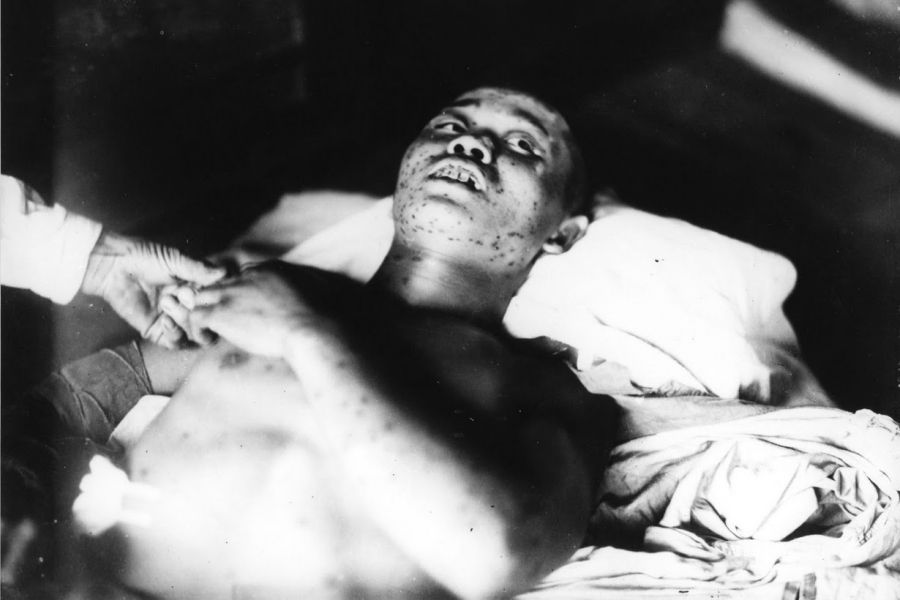
USS Indianapolis was the ship that carried the bombs to Tinian island close to Japan from where the bomber took them for their mission. Unlike now, where there are missiles carrying nuclear weapons, the two most powerful weapons at that time can be dropped only using war plane. Soon after depositing the bombs at the island, the ship was sunk by the Japanese. The course of history would have been completely different if it was done before!
Lakhs of people within a radius of 1.5 km died after the bomb instantaneously due to the electromagnetic shock wave and more suffered due to radiation effects. The heat generated was so much that it left shadows of people on the walls of the city. The survivors were called Hibakusha, meaning affected by ‘Bomb’. They faced extreme discrimination too after that since they have become burden.
Yamaguchi, the man who survived both the bombs
There is also an incredible story of Yamaguchi, a man who worked for Mitsubishi Heavy Industries. He was a resident of Nagasaki and went to Hiroshima on August 6 for his employer.
Unfortunately, the bomb was dropped there on that day. He suffered severe wounds in Hiroshima and was unconscious for a day.
The next day, he somehow caught a train and returned to Nagasaki and reported for work on August 9. And then, the second bomb fell. He somehow survived that too.
He lived till his eighties! He even had children!
Einstein again
Einstein was shocked after the bomb. He did not meet anyone nor write anything for some time. A year later, a report in the New York Times said: “Prof. Albert Einstein… said that he was sure that President Roosevelt would have forbidden the atomic bombing of Hiroshima had he been alive and that it was probably carried out to end the Pacific war before Russia could participate.
“I have always condemned the use of the atomic bomb against Japan.”
At the end of the day, did the atom bomb achieve the defeat of Japan? The answer is No.
The US strategic bombing survey itself notes: “Atom bombs did not defeat… The emperor had decided in May 1945 itself to surrender, whatever be the terms. In July, he even urged to speed up the mediation through Russia. Then he had to wait for the Potsdam conference… Japan would have surrendered even if the bombs were not dropped.”
Linus Pauling, winner of Nobel prize twice, for chemistry and peace, met Einstein in his home and here is what Einstein told him: “I made …the greatest mistake in my life… I signed the letter to President Roosevelt recommending that atom bombs be made; but there was some justification—the danger that the Germans would make them.”
Later many associated with Manhattan project including Oppenheimer, Leo Szilard were persecuted under senator McCarthy committee for Un-American activities. They were branded as communists and who shared nuclear secrets with Soviet Union.
(The author relied on Leo Szilard online, Einstein online, Nuclearfiles.org for some of the information in this article. These publications obtained many of the details through Freedom of Information Act, which is equivalent to RTI in India.)
(TR Govindarajan, Professor(Retd), Institute of Mathematical Sciences, Chennai)

